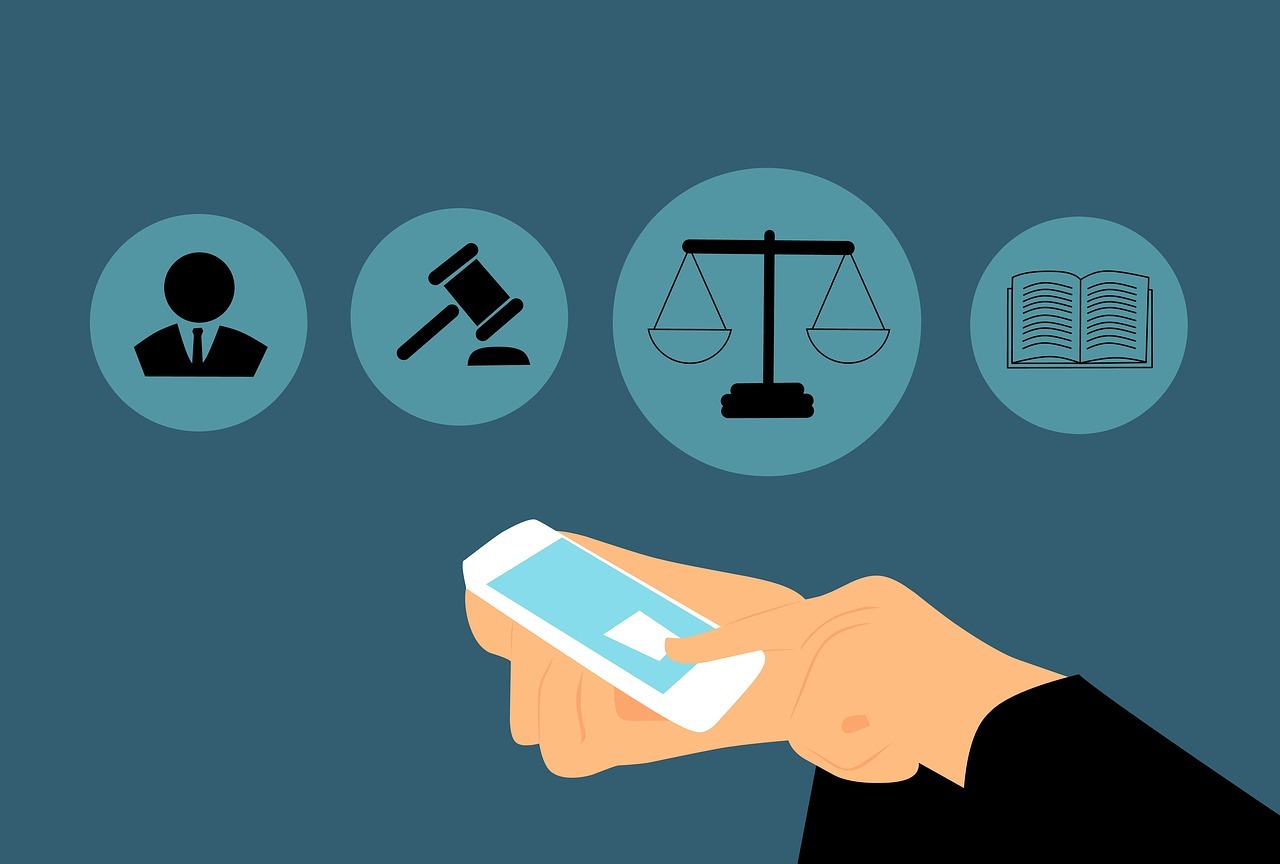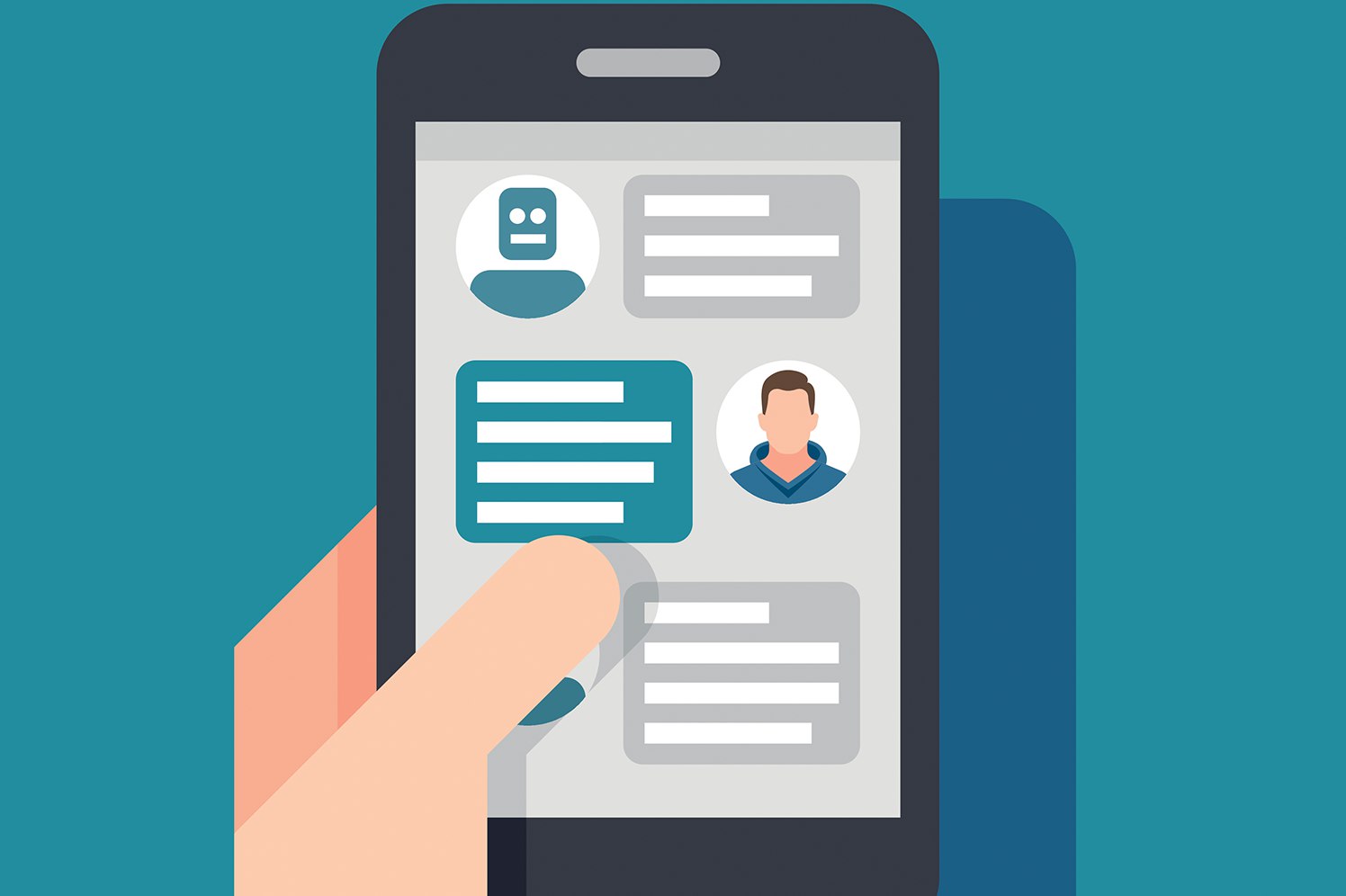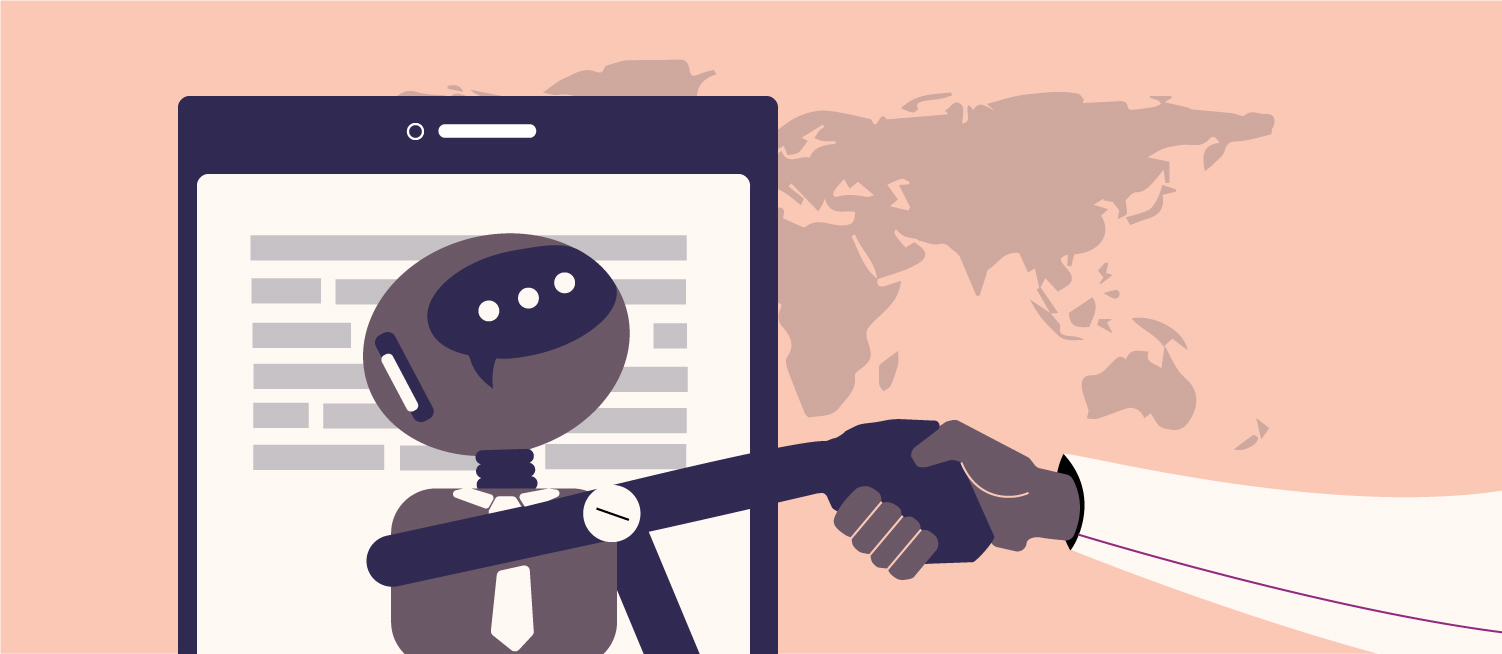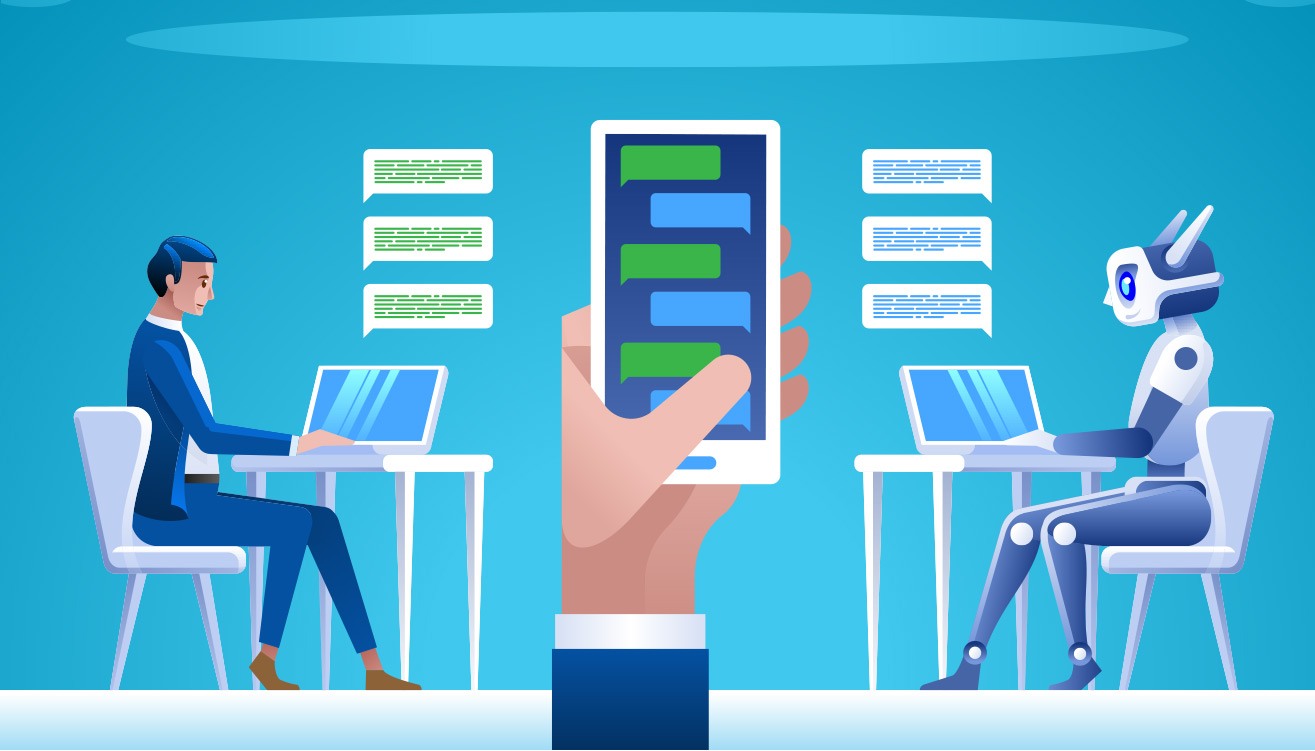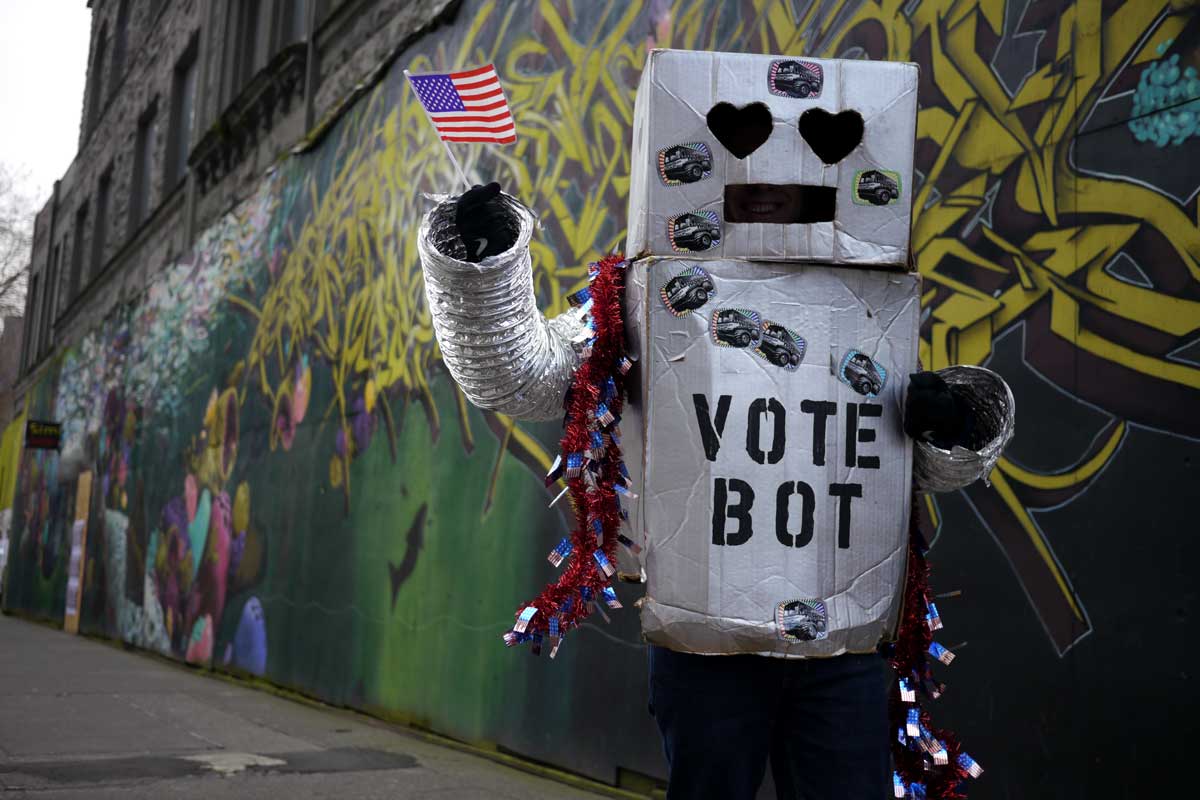Since chatbots started becoming popular, different types of businesses were able to implement them and use these bots to their advantage. In fact, chatbots have become so widely adopted, a charge led by platforms like SnatchBot, that we are entering an era where governments across the world are starting to use them as well, for various purposes.
There are countless examples of different sectors relying on chatbots. On top of that, the fact that people like interacting and communicating with chatbots shows that there is even more potential for implementing chatbot solutions. Industries that benefited the most from chatbots include retail, service providers, financial, and hospitality.
As time passes by, other industries and non-private sectors like government administrations are slowly starting to realize the potential of chatbots and make good use of them to improve their operations, especially if we are talking about administrations that have a large populace to tend to. Now let’s explore this topic some more.
Current examples of chatbot use in government institutions
The implementation of chatbots in government administrations has already begun. A good example of the government using chatbot is the use of Chip the chatbot that helps citizens of LA. As LA is a large city with many things for people to do and it’s crowded, it has become difficult for the government to engage citizens.
This is why they have implemented their own chatbot assistant that can help people navigate through the city’s site. It helps inform visitors of how government processes work, notify them of important events, and assist them in finding valuable resources and filling out various government forms.
Another good example is the Kansas City Facebook chatbot. It is there to help citizens get access to and understand important data that can be complex and unclear to those without lots of technical knowledge.
The goal of this implementation is to bring citizens closer to the government through their familiar social network while having a chatbot guide them through all the data they need.
Why chatbots fit the role perfectly
Customer experience is the pinnacle of all business efforts in the private sector. Companies have learned that providing a great experience can help them constantly engage their customers and keep them for a long time. This is something that the government sector can learn from the private sector. The idea is to get on with the latest trends to digitize their services and processes as quickly as possible.
This is where chatbots can help make engaging citizens easier. It’s all about providing a great technology-driven experience that can engage citizens and create a quick, clean, and easy communication.
The main reasons why chatbots are perfect for this applications are:
- Making statements or addressing citizens and their issues is simplified.
- Public services can be delivered more easily.
- Government organizations will be accessible and available to citizens 24/7.
- Chatbots can greatly decrease the amount of workload and give much quicker responses to citizens.
- People will get the same level of support on all channels as chatbots can be implemented on multiple contact channels.
- Government organizations can provide multilingual communication to citizens.
- Government organizations will be more efficient, as chatbots can give government employees more time to deal with essential tasks.
- The administration can save valuable taxpayer’s money, as chatbots are very cost-
Major problems chatbots resolve
Government organizations are there for the people. To engage citizens and earn their cooperation, they need to give people better conditions and this is exactly what chatbot assistants do. Various parts of the government body struggle in different areas and could benefit from using chatbots.
Allowing citizens to access public data in a proper manner
People need to engage with their government on their own, without being asked to. However, most citizens are discouraged to do so. The process is either too complex or there is no option available at all. One of the best examples is the access to public data by citizens.
Chatbots can give guidance to citizens and help them learn how to access public data, where they can find what they need, and understand it better. The Kansas City Facebook chatbot is a clear example of such use.
Remove the need for email or phone call communication
The traditional communication channels have simply become obsolete. It can take the government days to answer emails.
With phone calls, people often have to wait for a long time until they connected to someone. They are usually transferred back and forth between different government employees until they get the help they need. With chatbots, all communication is done real-time and without having to wait.
Language barriers
Multicultural countries that have many people speaking difficult languages always have problems engaging all their citizens.
Instead of forcing people to wait for someone who speaks their language or give them alternative, complicated ways to get to what they need, government agencies can use a chatbot programmed to give help in several languages. A good example of how a chatbot can resolve language issues is the US Department of Homeland Security’s Chatbot Emma.
Performing online actions with the government
A chatbot can provide great help to citizens and guide them to paying bills, submitting complaints, or submitting forms online. All these processes are made transparent, secure, and easy, allowing the government agencies to keep up with the times and give citizens the option to do everything online.
The government of Dubai has made great success with their Rammas chatbot that helps with paying pills and government inquiries.
Introducing a streamlined public opinion channel
One of the biggest benefits chatbots have provided in the private sector is the ability to gather feedback from employees and customers alike. HR departments have utilized chatbots to get feedback from employees and deliver managers their opinions, likes, dislikes, and be able to retain employees for a long time while keeping them happy.
On the other hand, customer service departments can learn through chatbots about customer satisfaction, their experiences, opinions about brands, products, and overall service. In similar fashion, government agencies need to get “reviews” or public opinion on government organizations.
Apart from all the uses of chatbots we mentioned above, these assistants can also be designed to ask citizens for feedback. They can ask valuable questions at the end of each interaction. This is how agencies can learn how satisfied the citizens are with their performance, what their desires are, how they think in general, and what issues trouble them the most.
All of this information can be stored and analyzed by an AI-powered chatbot so that government employees can learn what the current public opinion is and adjust. On top of that, bots can be used for polling and straightforward information gathering.
Charity bots
A big part of civic duty for citizens is to help their countrymen who are endangered in some way or hit by a catastrophe. In most cases, citizens are happy to do so, but they don’t know what the clear ways they can do this are. In these situations, it’s up to government agencies to give them access and guidance to help people.
Government organizations that work in charity can use chatbots to connect them with people nearby that are in need of their help. They can also simply provide citizens with charity accounts where people can give contributions. Apart from that, bots can be used to increase awareness and give people personalized input about how much their help is needed.
Shelter Scotland, an organization aimed at giving people in difficult situations proper housing, has relied on Ailsa chatbot. It offers important answers to people that need housing and helps them apply for a housing program.
Increased civic engagement
The biggest issue with civic engagement is that because it has become too complex and time-consuming. In this fast-paced world, citizens often lack the time and energy to engage themselves in their civic duties. Luckily, chatbots are all about speed and simplicity.
A clear example of lack of civic engagement are the 2012 US presidential elections where a lot of people didn’t vote. The GoVoteBot is just one of the examples of how chatbots can help citizens perform their civic duty.
In this case, GoVoteBot was designed to give valuable information to voters about their rights, voting location, polling place, and help them register and keep track of their registration. The GoVoteBot had great success and helped many people vote. It also made the process a lot easier while delivering valuable, clear, and simple information people can rely on.
The future of chatbots, digitization, and government process automation is very bright. We can expect more government organizations to adopt chatbot technology. Even though people think that this kind of automation will make government workers lose their jobs, it will actually help them do their jobs more effectively.
Government employees should welcome chatbots, as they will help them get rid of bureaucratic and technical processes. This will make their jobs more meaningful and allow them to focus on important tasks. Thanks to free chatbot platforms that require absolutely no coding skills even you can attempt to create a bot that can solve some problem your government is facing and help your fellow citizens – the trick is to get them to use it though.


